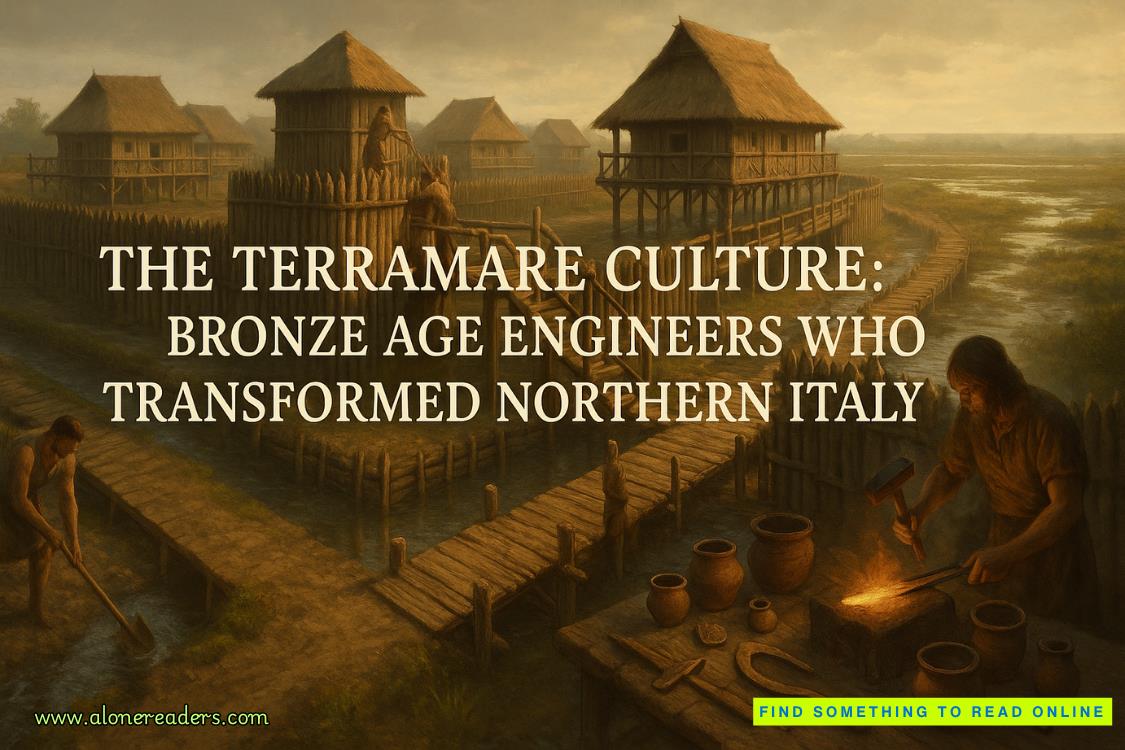Navani Kholin leaned out over the side of the flying platform and looked down hundreds of feet to the stones below. It said a lot about where she’d been living that she kept being surprised by how fertile Alethkar was. Rockbuds clustered on every surface, except where they’d been cleared for living or farming. Entire fields of wild grasses waved green in the wind, bobbing with lifespren. Trees formed bulwarks against the storms, with interlocking branches as tight as a phalanx.
Here—as opposed to the Shattered Plains or Urithiru—things grew. It was the home of her childhood, but now it felt almost alien.
“I do wish you wouldn’t crane like that, Brightness,” said Velat. The middle-aged scholar wore tight braids against the wind. She did try to mother everyone around her.
Navani, naturally, leaned out farther. One would think that during more than fifty years of life, she would have found a way to rise above her natural impetuous streak. Instead she’d rather alarmingly found her way to enough power to simply do as she chose.
Below, her flying platform made a satisfyingly geometric shadow on the stones. Townspeople clustered together, gawking upward as Kaladin and the other Windrunners backed them off to provide room for the landing.
“Brightlord Dalinar,” Velat said, “can you talk sense into her, please? She’s going to drop right off, I swear it.”
“It’s Navani’s ship, Velat,” Dalinar said from behind, his voice as steady as steel, as immutable as mathematics. She loved his voice. “I think she’d have me thrown off if I tried to prevent her from enjoying this moment.”
“Can’t she enjoy it from the center of the platform? Perhaps nicely tethered to the deck? With two ropes?”
Navani grinned as the wind tugged at her loose hair. She held the rail with her freehand. “This area is clear of people now. Send the order—a steady descent to the ground.”
She’d started this design using old chasm-spanning bridges as a model. After all, this wasn’t a warship, but a transport intended to move large groups of people. The end construction was little more than a large wooden rectangle: over a hundred feet long, sixty feet wide, and around forty feet thick to support three decks.
They had built high walls and a roof on the rear portion of the upper deck. The front third was exposed to the air, with a railing around the sides. For most of the trip, Navani’s engineers had maintained their command post in the sheltered portion. But with the need for delicate maneuvers today, they’d moved the tables out and bolted them to the deck in the right front corner of the platform.
Right front, she thought. Should we be using nautical terms instead? But this isn’t the ocean. We’re flying.
Flying. It had worked. Not just in maneuvers and tests on the Shattered Plains, but on a real mission, flying hundreds of miles.
Behind her, over a dozen ardent engineers tended the open-air command station. Ka—a scribe from one of the Windrunner squads—sent the order to Urithiru via spanreed. When in motion, they couldn’t write full instructions—spanreeds had trouble with that. But they could send flashes of light that could be interpreted.
In Urithiru, another group of engineers worked the complex mechanisms that kept this ship in the air. In fact, it used the very same technology that powered spanreeds. When one of them moved, the other moved in concert with it. Well, halves of a gemstone could also be paired so that when one was lowered, the other half—no matter where it was—would rise into the air.
Force was transferred: if the distant half was underneath something heavy, you’d have trouble lowering yours. Unfortunately, there was some additional decay; the farther apart the two halves were, the more resistance you felt in moving them. But if you could move a pen, why not a guard tower? Why not a carriage? Why not an entire ship?
So it was that hundreds of men and chulls worked a system of pulleys connected to a wide lattice of gemstones at Urithiru. When they let their lattice down along the side of the plateau outside the tower, Navani’s ship rose up into the sky.
Another lattice, secured on the Shattered Plains and connected to chulls, could then be used to make the ship move forward or backward. The real advancement had come as they’d learned to use aluminum to isolate motion along a plane, and even change the vectors of force. The end result was chulls that could pull for a while, then be turned around—the gemstones temporarily disjoined—to march back the other direction, as all the while the airship continued in a straight line.
Alternating between those two lattices—one to control altitude and a second to control horizontal movement—let Navani’s ship soar.
Her ship. Her ship. She wished she could share it with Elhokar. Though most people remembered her son only as the man who had struggled to replace Gavilar as king, she’d known him as the curious, inquisitive boy who had adored her drawings. He had always enjoyed heights. How he’d have loved the view from this deck …
Work on this vessel had helped sustain her during the months following his death. Of course, it hadn’t been her math that had finally made this ship a reality. They’d learned about the interactions between conjoined fabrials and aluminum during the expedition to Aimia. This wasn’t the direct result of her engineering schematics either; the ship was a fair bit more mundane in appearance than her original fanciful designs.
Navani merely guided people smarter than she was. So maybe she didn’t deserve to grin like a child as she watched it work. She did anyway.
Deciding upon a name had taken her months of deliberation. In the end, however, she’d taken inspiration from the bridges that had inspired her. In specific, the one that had—so many months ago—rescued Dalinar and Adolin from certain death, something she hoped this vessel would do for many others in similarly dire situations.
And so, the world’s first air transport had been named the Fourth Bridge. With the permission of Highmarshal Kaladin’s old team, she’d embedded their old bridge in the center of the deck as a symbol.
Navani stepped away from the ledge and walked to the command station. She heard Velat sigh in relief—the cartographer had tethered herself to the deck with a rope. Navani would have preferred to bring Isasik, but he was off on one of his mapping expeditions, this time to the eastern part of the Shattered Plains.
Still, she had a full complement of scientists and engineers. White-bearded Falilar was reviewing schematics with Rushu while a host of assistants and scribes ran this way and that, checking structural integrity or measuring Stormlight levels in the gemstones. At this point, there wasn’t a whole lot for Navani to do other than stand around and look important. She smiled, recalling Dalinar saying something similar about battlefield generals once the plan was in motion.
The Fourth Bridge set down, and the front doors of the bottom level opened to accept passengers. A dozen Edgedancers flowed out toward the town. Glowing with Stormlight, they moved with a strange gait—alternating pushing off with one foot while sliding on the other. They could glide across wood or stone as if it were ice, and gracefully leaped over stones.
The last Edgedancer in the group—a lanky girl who seemed to have grown an entire foot in the last year—missed her jump though, and tripped over a large rock the others had dodged. Navani covered a smile. Being Radiant did not, unfortunately, make one immune to the awkwardness of puberty.















